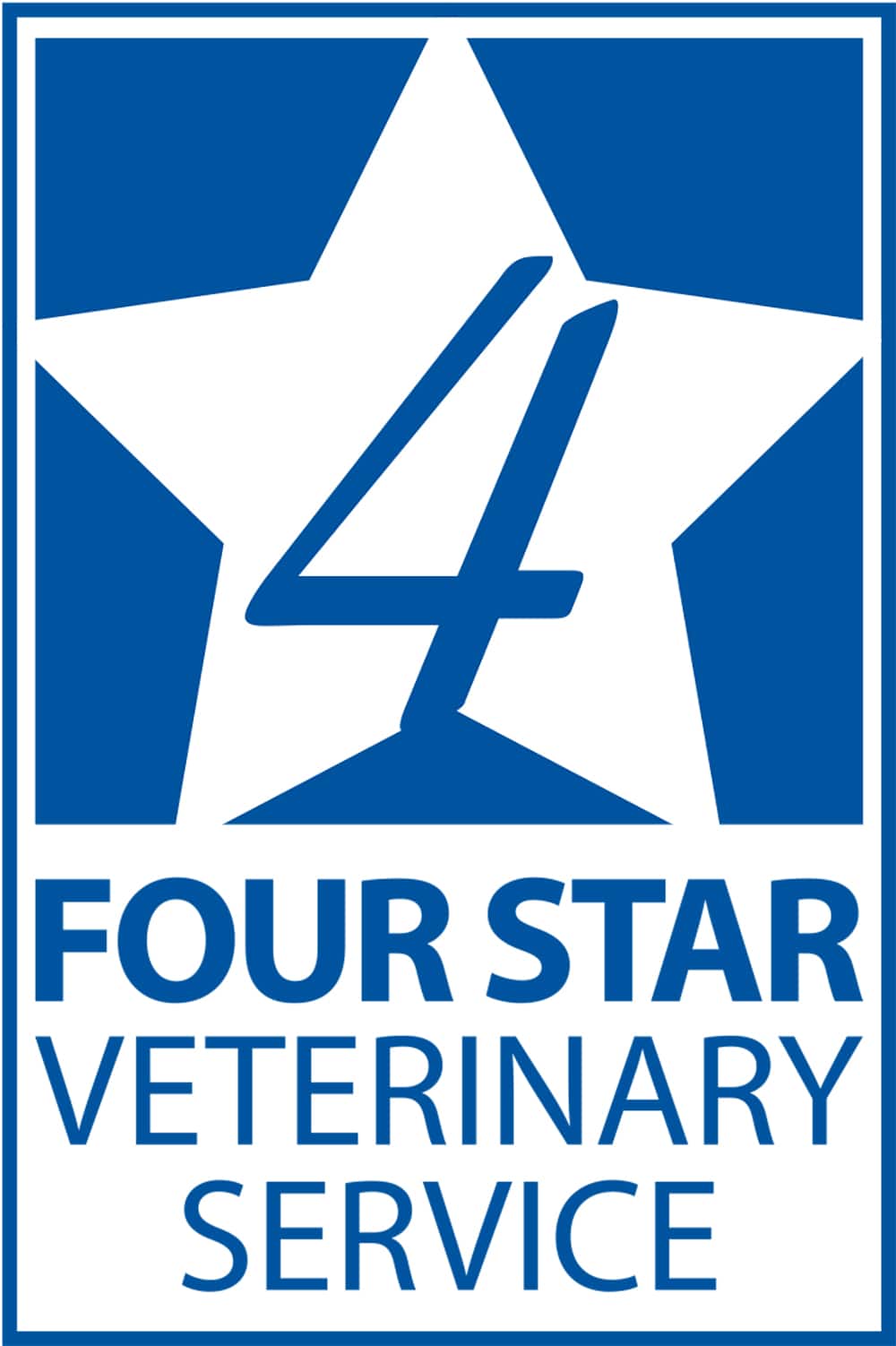Swine nutritionist Jason Woodworth recently joined the Four Star Veterinary Service team as a consultant to help clients with swine nutrition questions.
Tools for managing pigs without antibiotics
Raising pigs without antibiotics requires extra management and different tools compared to traditional commercial hog production.
